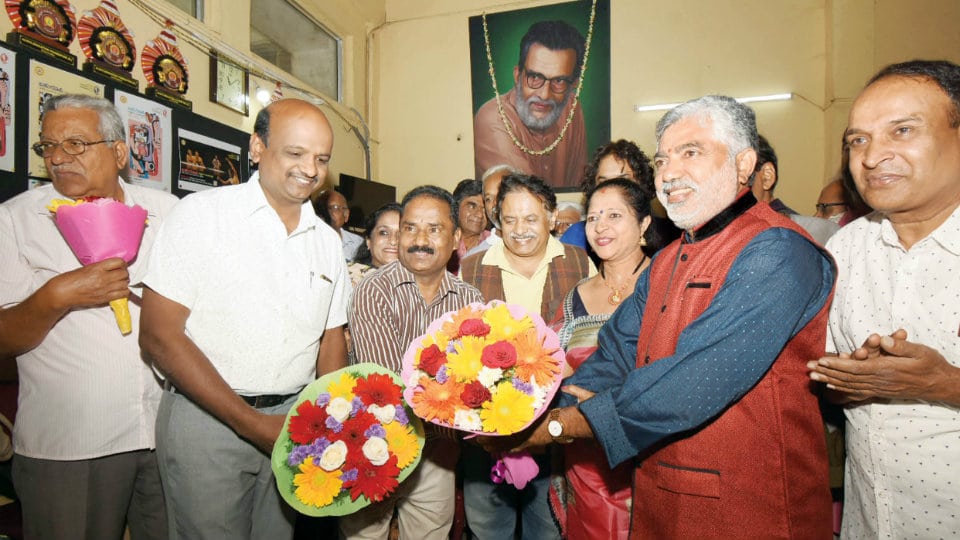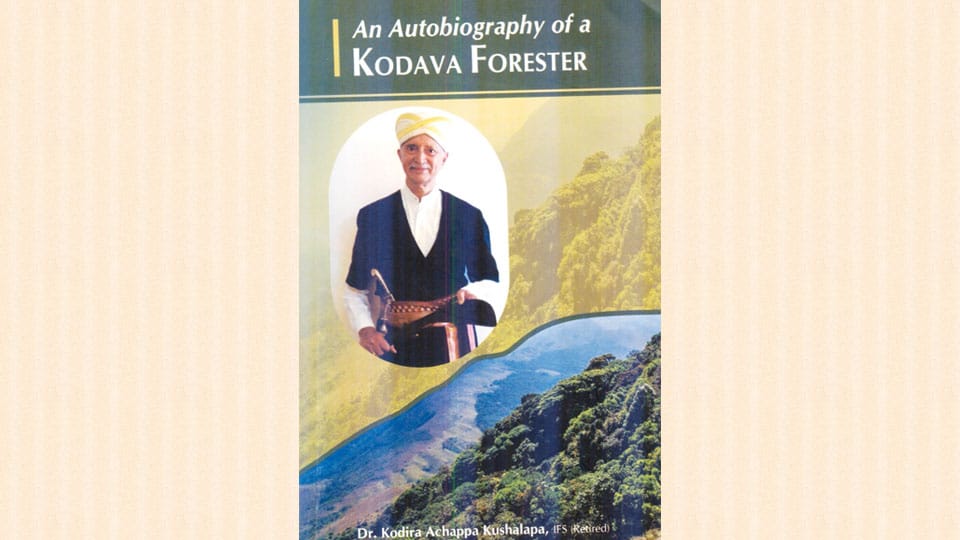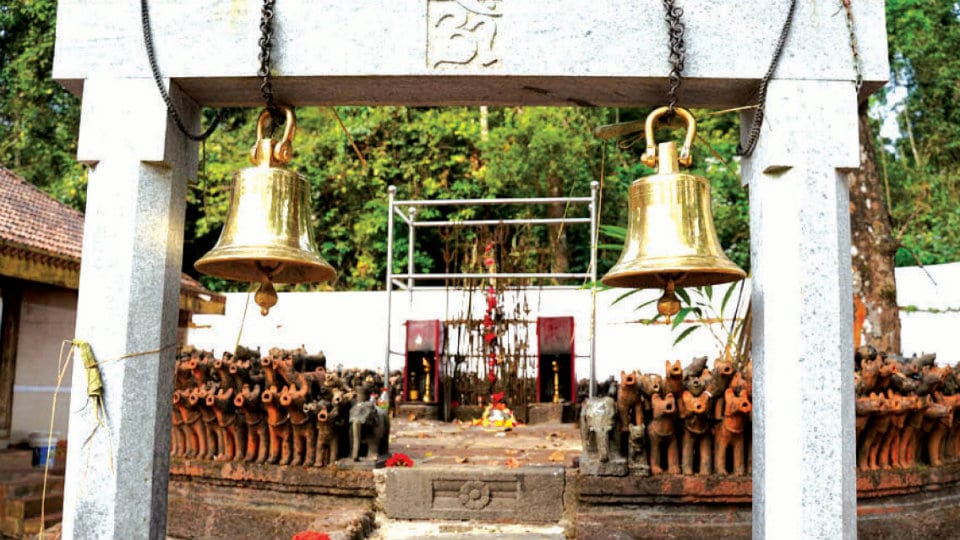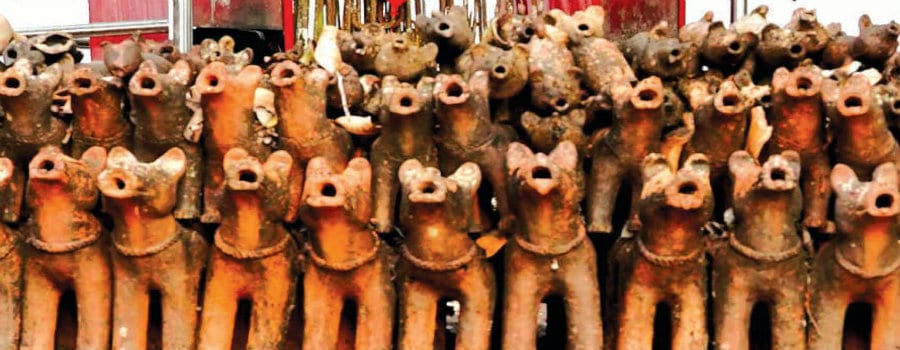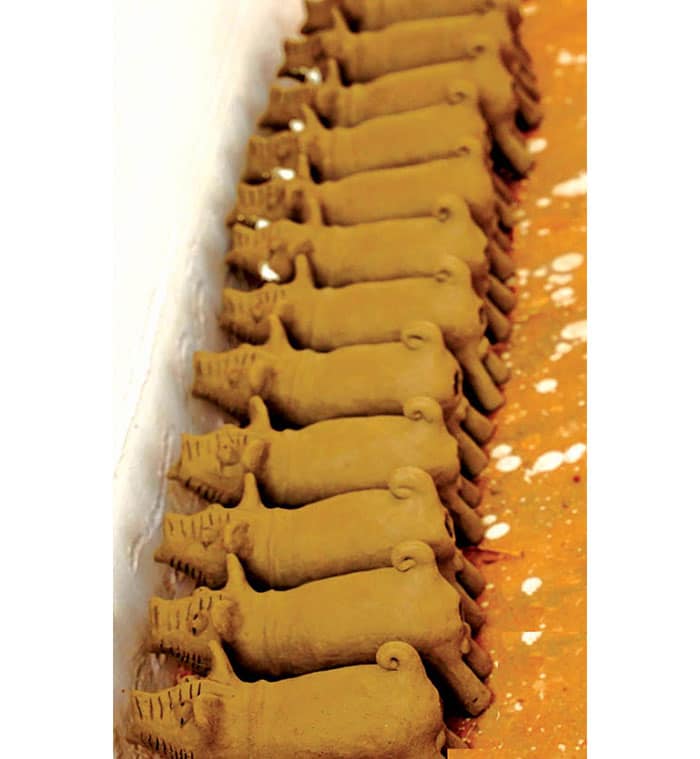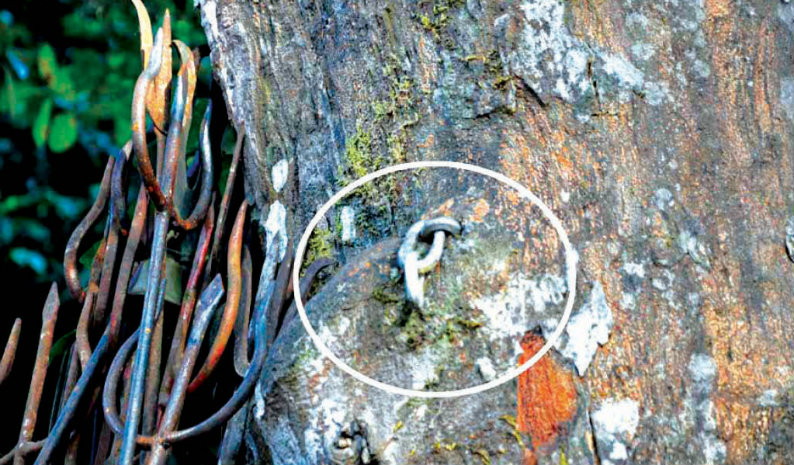Gulshan Devaiah, after Mard Ko Dard Nai Hota, is returning to the screen with another chilling character who is playing with life and death. Amazon Prime Video recently unveiled the trailer of their upcoming show titled, Afsos. The streaming service has called the series, as a suspense thriller about a suicidal man who hires a deadly assassin to kill him.
Starring Gulshan Devaiah, Anjali Patil, and Heeba Shah in the leading roles, Afsos, takes a look into the lives of depressed people. The mental illness that leads one wanting to take their life, can be a heavy burden and for our lead character, Nakul aka, Gulshan Devaiah, its a way out, but can’t get that right either.
In the trailer, Gulshan talks about feeling insignificant and wanting to take his own life. After his 11th attempt fails he hands over the task into another’s hand. A shady organisation, run by two assassins, who hand him a rate card for how he wants to die. In exchange for a hefty amount Gulshan then places an order for an assassin who is set to shoot him in the head. But after figuring out he wants to live, Gulshan has no option but to outrun his killer.
source: http://www.youtube.com
The events in the trailer then turn into suspense as, Gulshan is trying to run away with his therapist, Sholka, played by Anjali Patil. However, according to the trailer he does get killed. Anjali can be seen yelling out Nakul’s name, with blood splattered on her face. Heeba then can be seen walking away from the scene with a gun tucked in her shirt.
Another scene shows, Nakul standing next to his own body in the hospital, (which to be honest could be a dream or a hallucination). The show’s official description also calls the series as a dark comedy, it says, “A suicidal man and a deadly assassin encounter the world of immortality in this black comedy suspense thriller.” It hints that Afsos is more than a cat and mouse chase, and we might be able to see Gulshan develop a bond with his assassin.
Afsos, is sure to send a chill down your spin with the talented cast, good story. The dark comedy will also share some interesting concepts like a group of killers assisting in suicidal people. Ujjwal Chopra in the trailer can be seen complaining about how there is no dignity in killing people who want to die.
The trailer also sets an unusual tone for the story. While most of it comes off as an ironic comedy, it quickly turns into something dark to something supernatural. The text in the trailer, warns one about being careful what you wish for, in life and in death.
The eight-episode series is directed by Anubhuti Kashyap, who was part of films like the black comedy-drama Dev.D (2009) and crime-drama Gangs of Wasseypur (2012). Written by Anirban Dasgupta, Sourav Ghosh and Dibya Chatterjee, Afsos will air on Amazon Prime Video on, January 17, 2020.
source: http://www.filmibeat.com / FilmiBeat / Home> Television> Web Series / by Sanyukta Thakare / January 14th, 2019






